When buying solar panels, two things immediately jump to mind: the size and the cost.
You can only install panels on your boat in a few locations. So a primary consideration is always “how many watts can I put on this boat.” At the same time, budget usually plays a role.
The Role of Panel Efficiency
And so, panel efficiency becomes a consideration, too. Higher panel efficiency means that you can get more wattage in a given amount of space. At the same time, more efficient panels generally cost more per watt. And of course, you can only buy panel sizes that manufacturers produce.
A higher percentage number means increased panel efficiency.The cheapest panels sold on Amazon are about 15% efficient. While the best SunPower A+ panels are about 24% efficient.
And some bifacial panels (which also generate power on the bottom side if sunlight reflects there from the water – say for panels mounted on a transom arch) tout 27% efficiency.

That analysis makes it look like there is very little reason to spring for top-end panels. There’s not much more space required for a major savings in money. But there are a few other things to consider from what we see in real-world application:
- While all panels come with similar warranties, people tend to have more problems with inexpensive panels delaminating and even frames breaking. Companies like Renogy say they have resolved the issues. But it hasn’t been long enough to see if they really are.
- The more expensive panels tend to output higher volts. This means that you can use smaller wire from the panels to the controller for less of a voltage drop. Bottom line: you’ll put more power into your batteries.
But there are a few other things to consider and you may not want to reject the more expensive panels out of hand immediately.
Panel Grades
Pretty much every brand out there sells several grades of panels. Actual power production depends on whether the panel sits in shade as well as the angle to the sun. In talking with friends – real-life experience on boats, not just what a salesman says in theory – the consensus is that the highest grades will produce more power at lower sun angles. Most panels are going to struggle with shadows. Although I recently saw an interesting idea by Custom Marine Products to limit the effect of shadows (read more).
Panel Sizes and Types
It’s rare that you can find panels that just exactly fit the space you have available, so that you can totally maximize your installation. The good news is that at pretty much any price point, there will be a variety of options. However, you absolutely MUST consider how and where you’ll install the panels before ordering them.
There are solid panels, semi-rigid (also called walk-on panels) and flexible. Flexible tend to have short lives and can create enough heat on a surface to be a fire risk. Semi-rigid have both longer life and less fire risk (it’s what we put on the “roof” of Barefoot Gal). You can install them with VHB tape so they sit less than ½” off the mounting surface. Rigid panels tend to have the longest life. But they require the strongest mounts to counter the wind forces.
I’ll be honest – it was the panel size and the fact that it could be mounted directly on fiberglass with VHB tape that made us buy a top-of-the-line Sunpower A+ semi-rigid panel. They fit the best in the space we had available.
The Rest of the System
But buying solar panels are only one piece of the power generation puzzle. For the greatest power production, you need the right charge controller(s), wiring, and battery technology:
- MPPT controllers are absolutely the way to go. They’ll take whatever voltage your panels are putting out and turn it into the most possible amps at the voltage your batteries need. The current best practice is to use one controller per panel, and Victron controllers seem to be the state of the art for typical boat installations. In 2019, we switched from a 4-year-old Midnite Sun MPPT controller (which had been state of the art when we got it) to a Victron and saw a 15% increase in power produced with no other changes.
- Wiring is another often-overlooked component. Using the wire size for a 3% voltage drop instead of a 10% drop will put an extra 7% into your batteries. Using one size up will ensure that you don’t lose a single watt. If you’re unsure of the correct wire size, grab a copy of our 12V Wiring Size Selector (it’s under $10 and designed to withstand being stuff in a tool box).
- No one really thinks about battery technology or age, but the reality is that lithium batteries are much more efficient in accepting a change than lead-acid or AGM. Additionally, older batteries lose some of their capacity as well as charge efficiency. Together, this may make anywhere from a 5 to 20% difference in how much usable power you actually get from the sun.
Not only do all these components have a big impact on how well the system performs, the controller and wire will cost several hundred dollars. Mounting hardware – or a structure such as an arch – can add anywhere from $20 for VHB tape to thousands for an arch.
Bottom Line When Buying Solar Panels
Solar power is silent, clean, and easy on boats. In most locations, you get the most bang for your buck with a solar install, versus any other method of power generation. Still, there are numerous decisions to be made as you’re planning your system and all will have definite consequences on both your power supply and your wallet.
Here’s your “Quick Start” to everything you need to know when living on a boat:

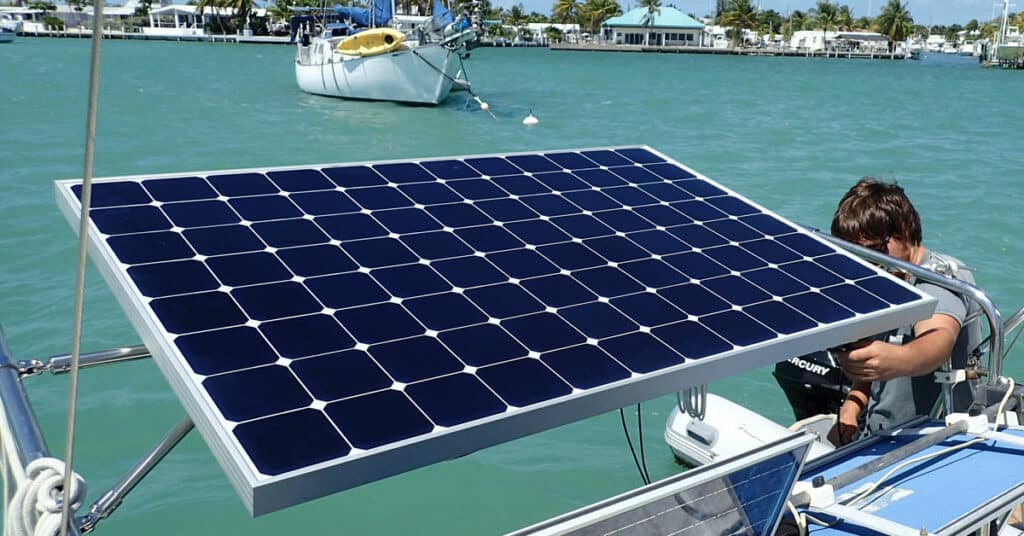

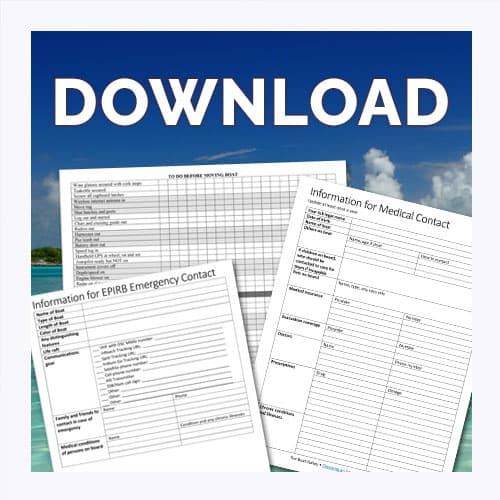


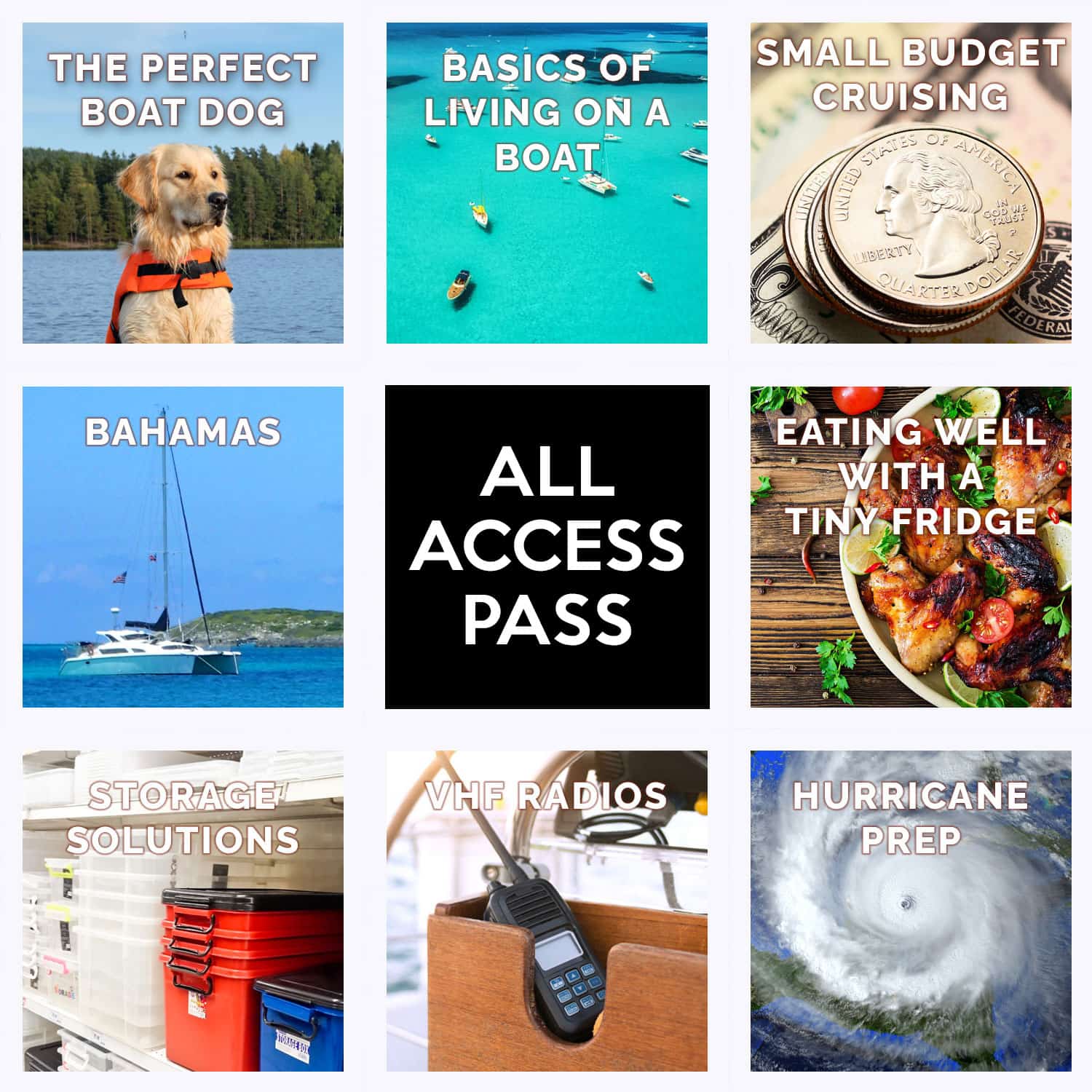
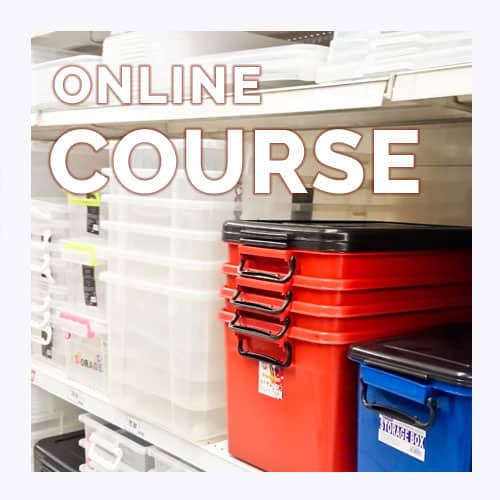


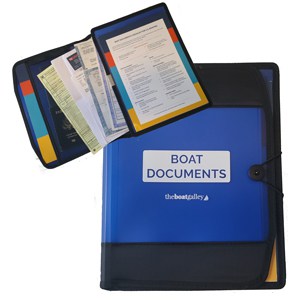


Leave a Reply